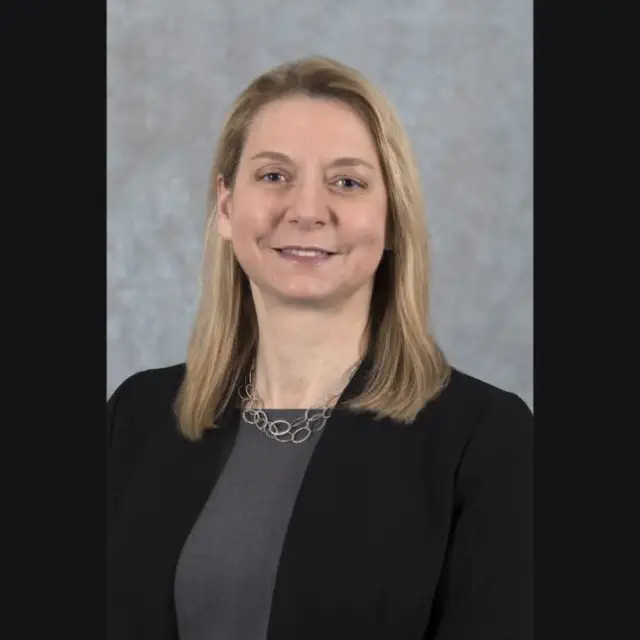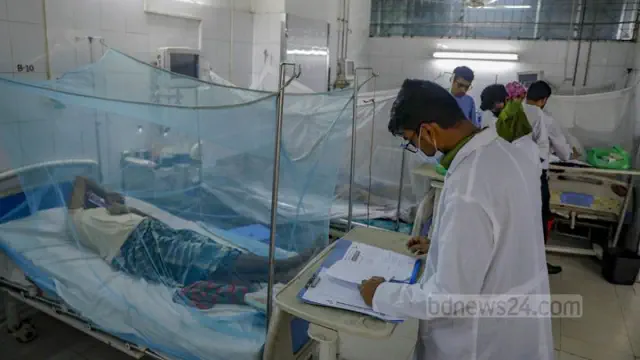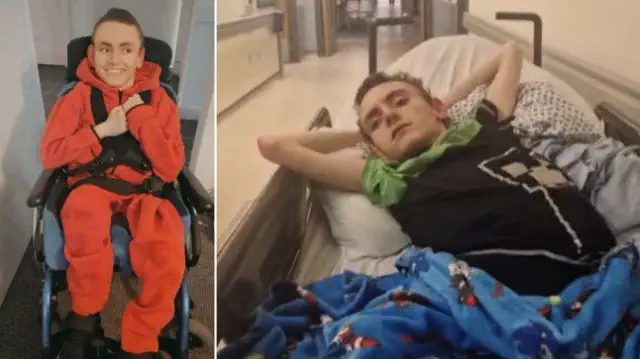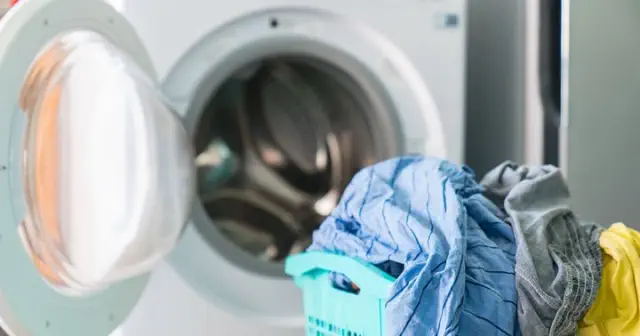
View pictures in App save up to 80% data.
Berkshire County — On December 23, 2024, Gov. Maura Healey signed “An Act relative to treatments and coverage for substance use disorder and recovery coach licensure.” According to a press release issued by Gov. Healey’s office, the act, which was previously worked on by the State Legislature, will make treatment and recovery support affordable and accessible for residents dealing with substance-use disorder.
“During my career, I have been inspired by the individuals who have suffered the heartbreaking loss of family members due to the opioid epidemic affecting our communities,” Gov. Healey expressed in a press release. “Their experiences highlight the critical necessity for enhancing treatment, prevention, and recovery initiatives to protect lives.”
Gary Pratt, director of the South County Recovery Center, along with recovery coach Stephanie Holcomb, expressed to The Berkshire Edge their belief in the vital significance of the initiative in the fight against substance use disorders.
The South County Recovery Center, managed by Rural Recovery Resources, launched its office in Great Barrington in May 2022. This center provides a variety of programs such as coaching, support groups, peer support services, and resources tailored for individuals struggling with addiction and those in recovery.
Pratt noted, “This legislation is beneficial for ensuring that individuals impacted by substance use are treated with greater compassion.” He added, “It also enhances the efficiency of current services and introduces standardized criteria for recovery coaching.” According to Pratt, a key component of the legislation is the creation of a licensing framework for recovery coaches managed by the Department of Public Health. This department will be responsible for verifying that recovery coaches meet state standards. Additionally, the act sets up a peer-support initiative for both recovery coaches and their employers, featuring mentorship opportunities and technical support programs.
“There is a major importance when it comes to recovery coaching where you must have a connection with people, where you are meeting them where they are at with no pressure,” Pratt explained. “The process for becoming a recovery coach has been that you had to take classes through an organization like the Connecticut Community for Addiction Recovery, and then you would get certified through Massachusetts. But in the last few years, Massachusetts has created the Recovery Education Collaborative. Now that the Department of Public Health will be overseeing the licensing of recovery coaches, it should be easier for people to get credentials.”
Another section of the legislation requires health insurance companies to cover the expenses associated with opioid reversal medications, such as naloxone and Narcan, while also increasing their availability. These insurance providers must now cover these costs without requiring any out-of-pocket payments or prior approval.
This section of the legislation mandates that hospitals and treatment centers inform patients about emergency opioid antagonists (EOAs) and supply at least two doses of these medications to individuals with a history of opioid-use disorder upon their release. “Financial constraints should never impede the effort to save a life,” Pratt stated. “Eliminating this obstacle is another crucial step in preserving more lives. Recently, Naloxone has been made available for over-the-counter purchase, yet it still poses a significant expense for individuals to acquire it this way.”
As stated on the CVS website, a package of Narcan is priced at around $45.00. “It’s remarkable for the state to require insurance companies to provide coverage for EOAs without any cost sharing,” Pratt remarked.
“Holcomb mentioned that in the past, some pharmacists informed individuals that they were unable to access [Narcan], even when there was a standing order in place. He believes that the difficulty many face in obtaining EOAs is largely influenced by 'stigma and shame.' For instance, when someone attempts to purchase a pack of needles at a pharmacy, regardless of their intended use, they often receive judgmental looks. People dealing with addiction are frequently treated in a distinct and less favorable manner.”
“Insurance companies typically operate with the intention of avoiding payouts,” Pratt remarked. “Navigating through the [insurance company] bureaucracy can be quite a challenging task.”
In this context, the legislation also prevents life insurance providers from restricting or denying coverage to individuals based on their EOA history.
The legislation also revises the requirements for insurance companies to guarantee sufficient coverage and access to pain-management services without the need for prior approval, which includes non-opioid alternatives for pain relief. “It has long been understood that there are various methods to address pain, and opioids aren't always necessary,” Pratt stated. “Opioids have their place, particularly following surgeries and for managing chronic pain. However, there are numerous effective treatments available that do not involve opioids. I believe that the widespread prescription of opioids is a significant factor contributing to the addiction crisis we face today. Personally, if I sprain my ankle, I certainly don't need 60 Percocets for that injury. The availability of more treatment options is beneficial for everyone.”
Pratt noted that the state’s Department of Public Health (DPH) has not yet released data regarding overdose deaths in Berkshire County for 2024. Nevertheless, DPH indicated that there were 19 overdose fatalities in the region in 2023, and from 2013 to 2023, the total number of overdose deaths reached 441.
“While there have been numerous instances of successful overdose reversals, which is certainly a positive development,” Pratt remarked. “It's important to recognize that many of these reversals go unreported. There could still be a significant number of overdoses occurring that are not resulting in fatalities. My concern is that when the public notices a decline in fatal overdoses, they may mistakenly believe that our work is nearly finished. This can lead to complacency, with people assuming that the addiction crisis isn't as severe for the wider community. However, we continue to witness the harsh reality of this issue, as we hear daily about individuals we've lost to addiction. This remains a public health crisis, and until we can say that no one has died from an overdose, we cannot claim victory.”
For more information about Rural Recovery and the South County Recovery Center, visit its website.










